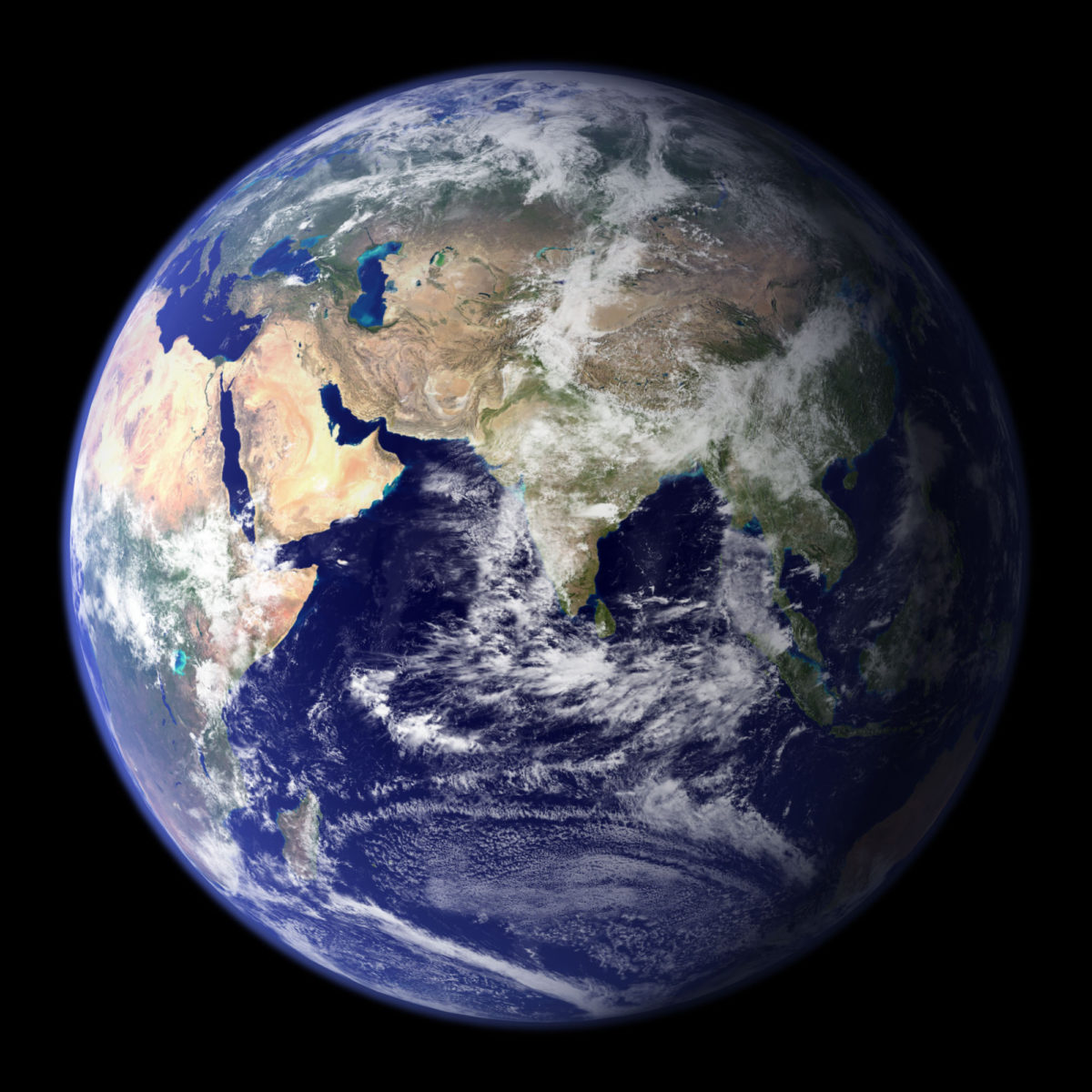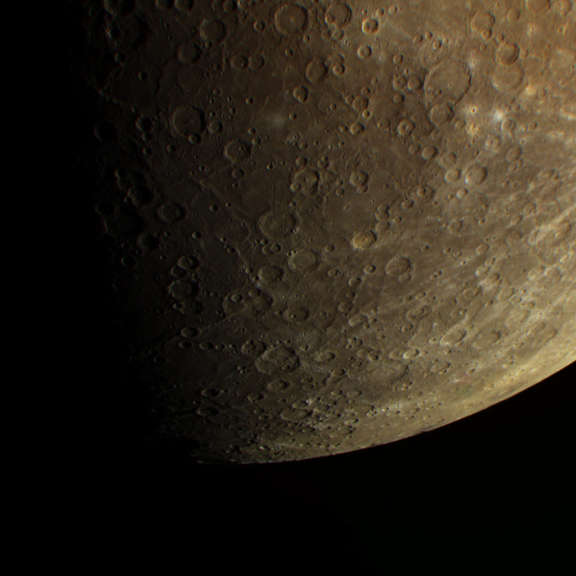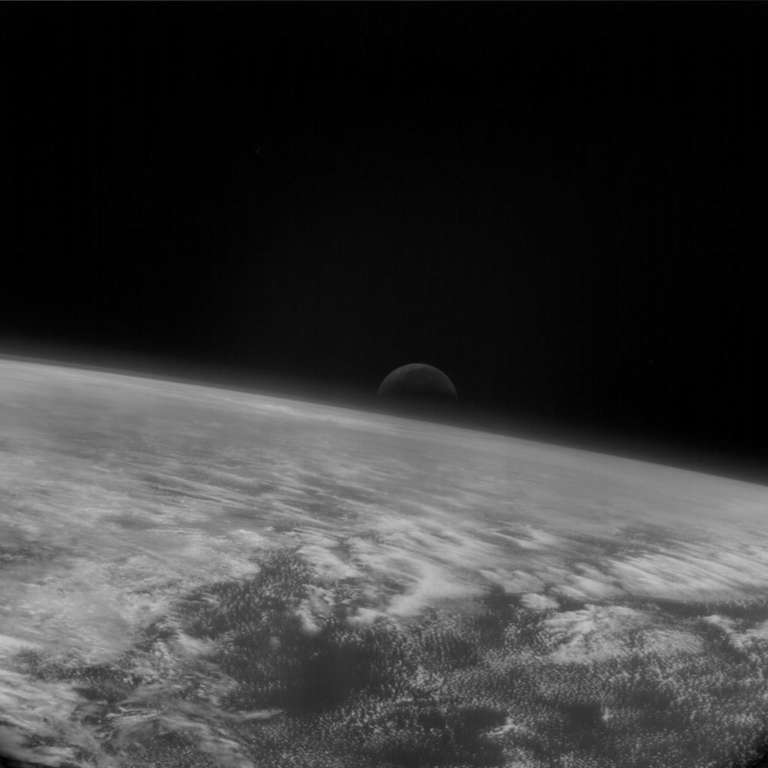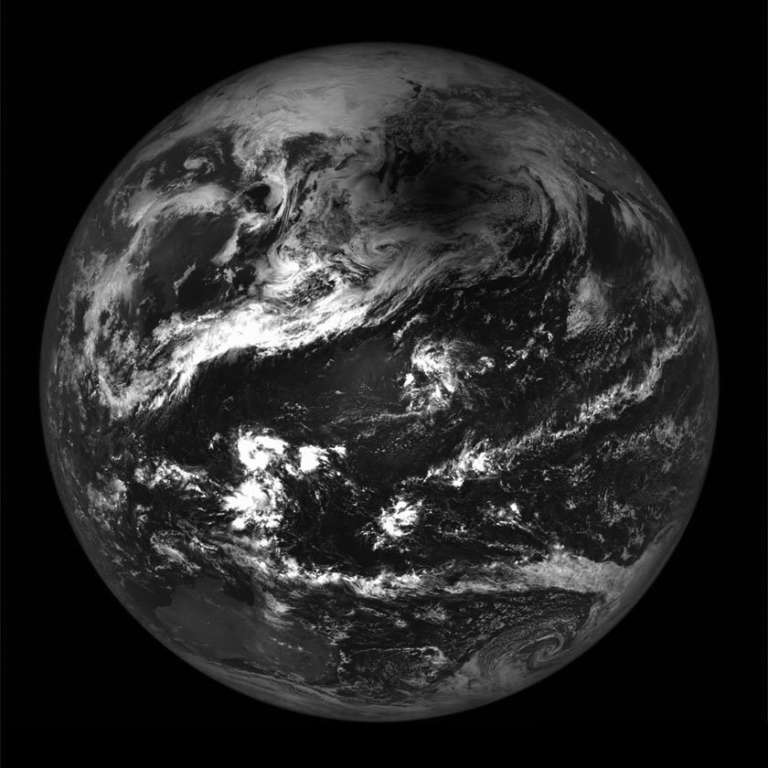All
All
Stories, updates, insights, and original analysis from The Planetary Society.
Stationkeeping in Mars orbit
It had never occurred to me to think about geostationary satellites in Mars orbit before reading a new paper by Juan Silva and Pilar Romero. The paper shows that it takes a lot more work to maintain a stationary orbit at an arbitrary longitude at Mars than it does at Earth.
One Ocean World Among Many
I'm absolutely floored when I stop to think that our beautiful blue ocean is only one of perhaps a half dozen or more oceans on other worlds in our solar system, and only one of probably millions (or more) oceans on other Earth-like planets in our galaxy. Oceans abound!
No Place Like Home
Mars and Earth share a truly striking family resemblance, but there's no mistaking which one is home.
Messages of Wonder
Some lovely, rarely-seen images from the MESSENGER mission.
Pretty picture: a moon transit
A reader comment inspired me to dig up an oldie but a goodie: a sequence of photos of the Moon transiting Earth, seen from a very long way away,
A forgotten image of Earth and the Moon
While researching another story, I came across an image I don't remember ever seeing before, of a moonrise from an unexpected source.
The Earth is a Planet: Why We Explore Space
Why spend effort and scarce resources on space exploration when we have so many problems here at home? Turns out, there are some pretty good reasons.
Browsing Landsat data is a lot easier than I thought it was
With the Landsat Data Continuity Mission scheduled to launch on Monday, there's been a lot of Tweeting about Landsat, and through one such Tweet I learned about a resource that I hadn't known existed before: the LandsatLook Viewer. This is a graphical interface to more than a decade worth of Landsat data, a tremendous resource for anyone interested in Earth's changing surface, natural or manmade.
Galileo Messengers: Cruise to Venus, Earth, Gaspra, Earth, Ida, and almost to Jupiter
It's taken me a year to face the emotionally draining task of reading and writing about Galileo's cruise phase as chronicled in the mission's newsletters.
Pretty picture: Landsat view of southern Greenland
This is a very large (19000 pixels square) mosaic of the fjords and glaciers of southern Greenland. I had been interested for a long time in experimenting with the processing of Earth satellite imagery just to get a comparison to the other planets.
Hurricane Sandy: Thanks for lives saved already
Today hurricane Sandy is a major threat to life and property across the west coast of the northern Atlantic ocean. I just want to give thanks in advance to all the people who have devoted their careers to making sure that Americans have sufficient warning of devastating, unstoppable weather events like this one.
Birth of a New Moon
As astronaut Don Pettit prepared for his return to Earth, he tweeted several beautiful shots from the Space Station.
Talking Climate With Bill Nye
Talk about changing climates on this world and others brought 600 people to the Boulder Theater.
A solar eclipse - as viewed from the Moon
A solar eclipse isn't just a spiffy sight to Earthlings; it looks pretty cool to lunar dwellers as well.
More Evidence for Impact Origin for Colombia’s Vichada Structure
Evidence continues to pile up that the Rio Vichada structure in Colombia is indeed the largest impact structure in South America.
Examining India's new RISAT 1 Earth observation satellite
Last week, India launched RISAT 1, a new Earth-observing satellite. How does its synthetic aperture radar compare to that of Envisat, which has fallen silent?
Big Bend designated International Dark Sky Park
The International Dark Sky Association designated Big Bend as an International Dark Sky Park, confirming its status as an incredible place to stargaze.
Six days in the crater (day one)
This is the first in a series of posts based on field notes and memories supplemented by background reading material from the Meteor Crater Field Camp that was held from October 17-23, 2010.
Parallel planetary processes create semantic headaches
I ran into a semantic problem today: what to call the science of studying liquids on Titan?
Evaporites on Titan
Evaporites form on planetary surfaces when dissolved chemical solids precipitate out of saturated solution as their liquid solvent evaporates and, until recently, were known to exist only on Earth and Mars. This article from the IAG Planetary Geomorphology Working Group describes the third planetary instance of evaporite, discovered on Saturn's moon Titan.


 Explore Worlds
Explore Worlds Find Life
Find Life Defend Earth
Defend Earth


 Sun
Sun Mercury
Mercury Venus
Venus Earth
Earth Mars
Mars Jupiter
Jupiter Saturn
Saturn Uranus
Uranus Neptune
Neptune Small Bodies
Small Bodies

















